Champagne Valentin Leflaive embodies the alliance between Burgundian heritage and Champagne excellence. Thanks to a...
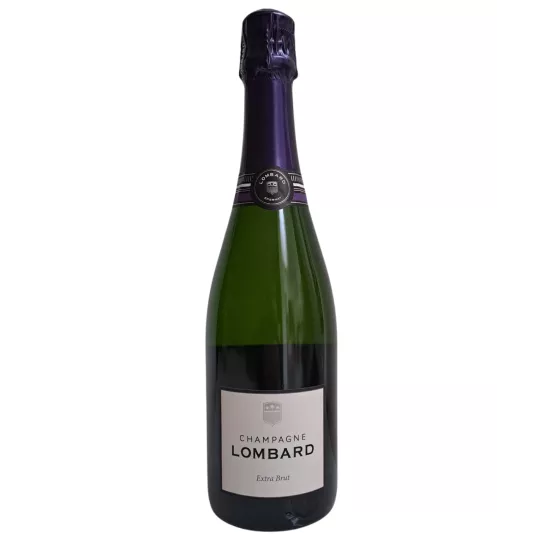
To choose the perfect champagne to pair with your main course, it is important to consider several factors. Champagne is known for its balanced acidity and light sweetness, as well as its fine foam, which make it an excellent choice for a variety of dishes. For white meat dishes such as fish or poultry, dry and light champagnes are best suited, while full-bodied champagnes are ideal for red meats. It's also important to consider the flavors of each ingredient in order to bring out the best aromas and flavors in each.
In addition to its light sweetness and balanced acidity, Champagne can offer a range of other flavor profiles that can be taken into consideration when pairing with food. Many Champagnes have citrus, apple or pear notes, making them ideal companions for lighter seafood dishes like salmon or trout. On the other hand, richer champagnes, such as those made from the Pinot Noir grape, are better suited to heartier dishes such as steak or lamb chops. When pairing champagne with desserts such as cakes or pancakes, the sweeter varieties are often preferable due to their higher sugar content.
It should also be noted that the temperature of food and wine should be considered when serving them together. If both elements are too cold, they can have a numbing effect on the palate, while temperatures that are too hot can dull some of the more delicate flavors. Serving both at a comfortable room temperature is usually ideal to fully enjoy all of their delicious nuances and aromas.
All in all, there is no one-size-fits-all approach to pairing main courses with champagne, but by considering flavor profiles and temperatures, you can create an unbeatable combination!

The "Champagne Event For Girls Only" is a lively annual celebration tailored exclusively for women, offering the perfect opportunity for friends to let loose and enjoy an unforgettable evening. Taking place on July 1st in Lincoln, this £30-per-person soirée promises a fun-filled atmosphere with laughter, dancing, and socializing at its heart. It's the ideal night out for any woman looking to unwind and bond with her circle of girlfriends. With standout entertainment, including a performance...
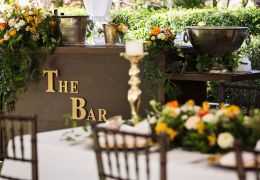
The Bubble Lounge, located at 228 West Broadway in New York City, is the ultimate champagne destination for special events, including birthdays, corporate gatherings, and engagement parties. This stylish venue boasts an impressive selection of 300 champagne varieties, offering a sophisticated yet welcoming atmosphere. With a well-designed interior that balances elegance and functionality, guests can enjoy an exceptional experience. For reservations, press coverage, and menu options, visit The...

Tregida Smokehouse is a renowned name in the world of fine food and drink, offering premium smoked salmon, artisanal cheeses, luxury hampers, and corporate gift packages. With numerous Food & Drink awards and even a royal endorsement, their reputation for quality is well established. Supplying esteemed establishments like Rick Stein's delicatessen, they bring exceptional flavors to discerning customers at surprisingly competitive prices.For those looking to pair their gourmet selections...
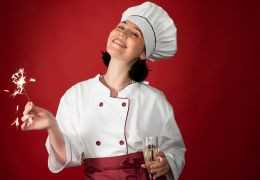
The Champagne Cookbook by Malcolm Hebert is a delightful 128-page guide that celebrates the versatility of champagne in cooking. Ideal for both novice cooks and seasoned chefs, the book features a wide range of recipes that incorporate champagne into soups, fish, red meat, desserts, and even cocktails, ensuring there's something to suit every palate and occasion. Drawing inspiration from culinary traditions across California, Europe, and beyond, the cookbook highlights champagne's potential...

Immerse yourself in a world of elegance and delight with our exclusive guide to the best champagnes for an unforgettable Valentine's Day. Discover timeless classics such as Dom Pérignon and Veuve Clicquot, symbols of elegance and refinement, as well as affordable options such as Nicolas Feuillatte and Mumm, proving that champagne can be enjoyed without breaking the bank. Also explore emerging trends with biodynamic champagnes and exceptional vintages, offering a unique experience with each...
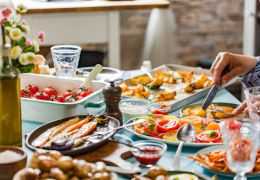
The text explores the changing popularity of vegetarian dishes, highlighting their diversity from vegetables to legumes and vegetarian cheeses. Emphasis is placed on the crucial importance of pairing food and champagne to create a harmonious taste experience. Providing detailed advice, the article offers classic, original and exotic pairings to accompany different types of vegetarian dishes. It also highlights the importance of considering the texture of dishes, giving readers an expanded...

Champagne tasting is much more than a simple act of drinking. It is a sensory experience that allows us to fully appreciate the quality and nuances of such a special sparkling wine. By exploring the different styles of champagne, from brut to sweet, one discovers a palette of unique flavors and aromas. During the tasting, the color, the aromas and the structure of the champagne are important elements to note. Observing the color, smelling the nose of the champagne and appreciating the...

Rosé champagne gets its color and flavor from red grapes, mainly pinot noir and pinot meunier. It offers aromas of red fruits and delicate floral notes. On the palate, it reveals harmonious flavors of ripe red fruits with a slight acidity and a creamy texture.For summer evenings, rosé champagne is the ideal choice. Its sparkling freshness and lightness perfectly quench your thirst. It goes well with a variety of summer dishes, from seafood to spicy grilled meats. Popular brands such as Veuve...
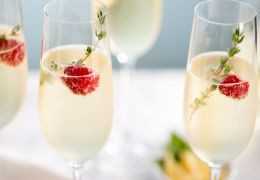
Discover how Champagne sublimates a variety of dishes, from seafood to desserts. Its acidity and effervescence pair perfectly with seafood, cut the richness of meats and balance the richness of cheeses. Even sweet desserts find balance thanks to the acidity of Champagne. A culinary experience in perspective!

Saignée rosé champagne is a type of champagne produced by adding a little red grape juice to brut champagne, which gives it a rosy hue and a slightly fruity taste. To taste saignée rosé champagne, it is important to serve it at the right temperature, to inspect its appearance to check that it has a pale pink color and a fine and abundant foam, to breathe deeply to appreciate its fruity aroma and to savor its fruity and slightly tangy taste with a long and delicate finish. Champagne rosé de...
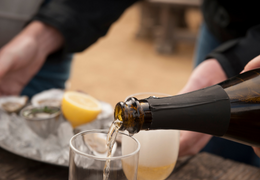
The article discusses how to choose the right champagne to accompany a meal to achieve the optimal tasting experience. It offers advice on wine pairings for cheese dishes, desserts and food in general. However, it is important to note that the choice of combinations is above all a matter of personal taste. The article ends with an invitation to tasting to put into practice the advice given and explore new combinations of flavors.
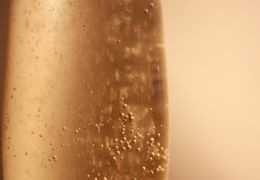
Deutz is a famous champagne producer based in the town of Aÿ in Champagne, France. Their champagne is known for its elegance and finesse, and has become popular with champagne lovers around the world. There are several options for buying Deutz champagne, each with their advantages and disadvantages.